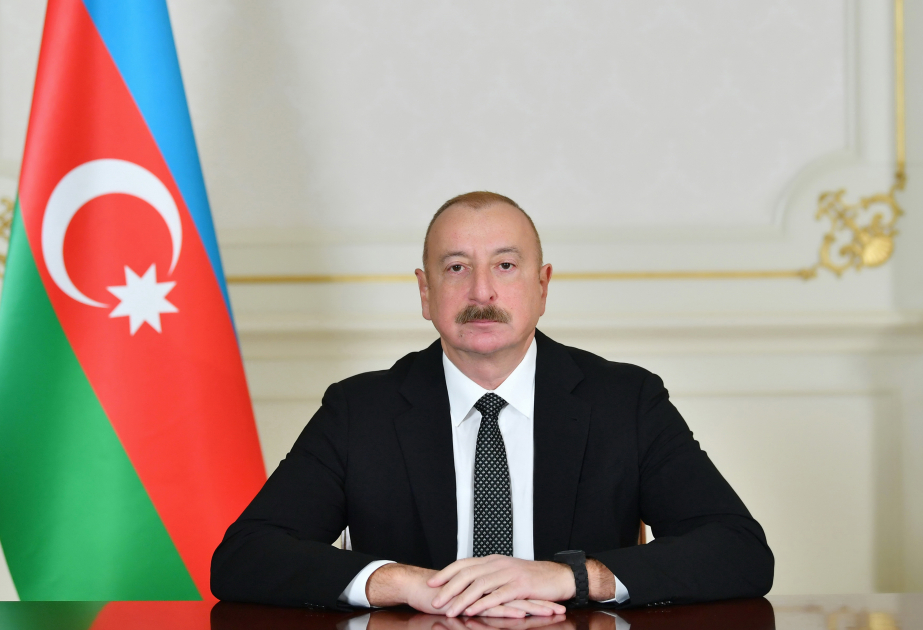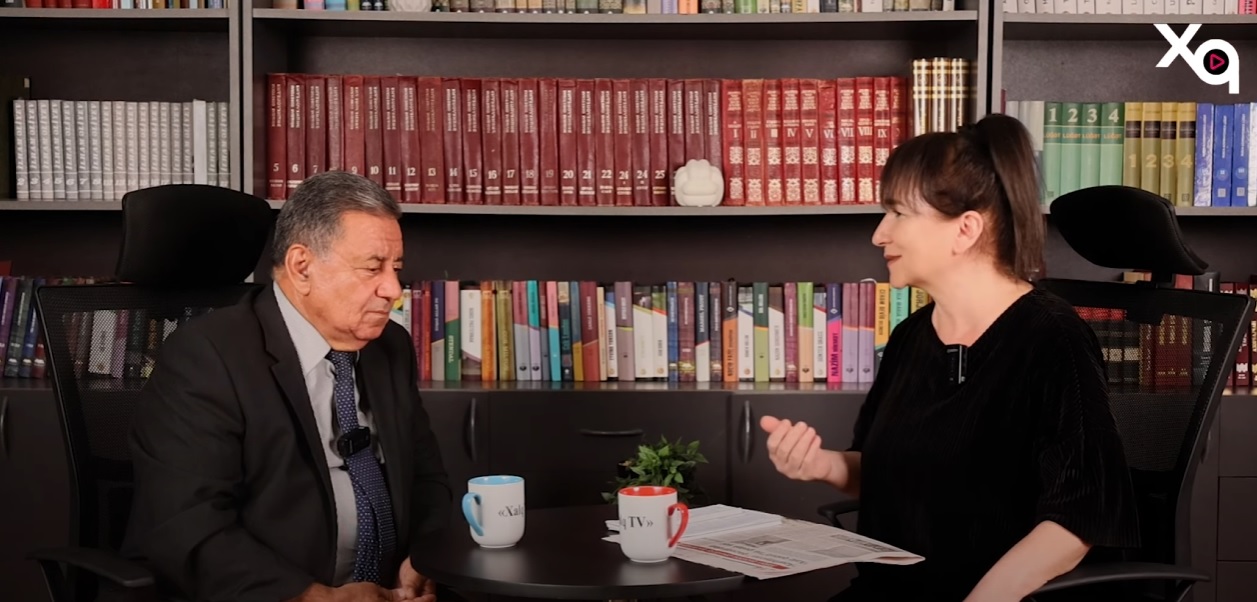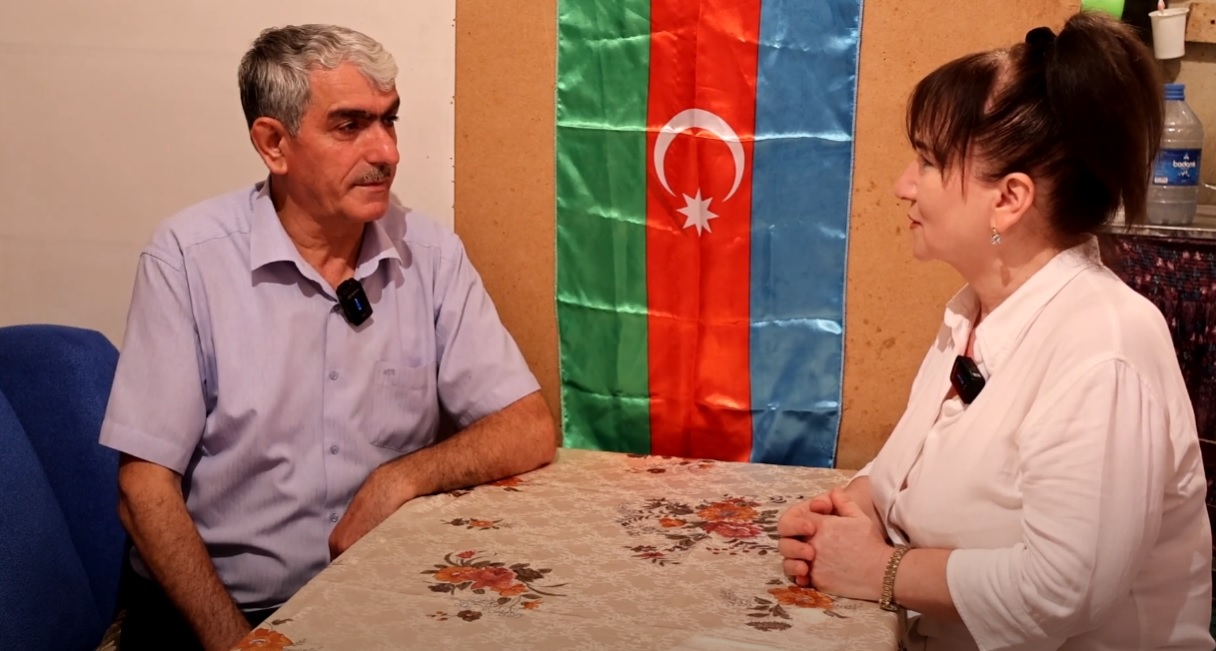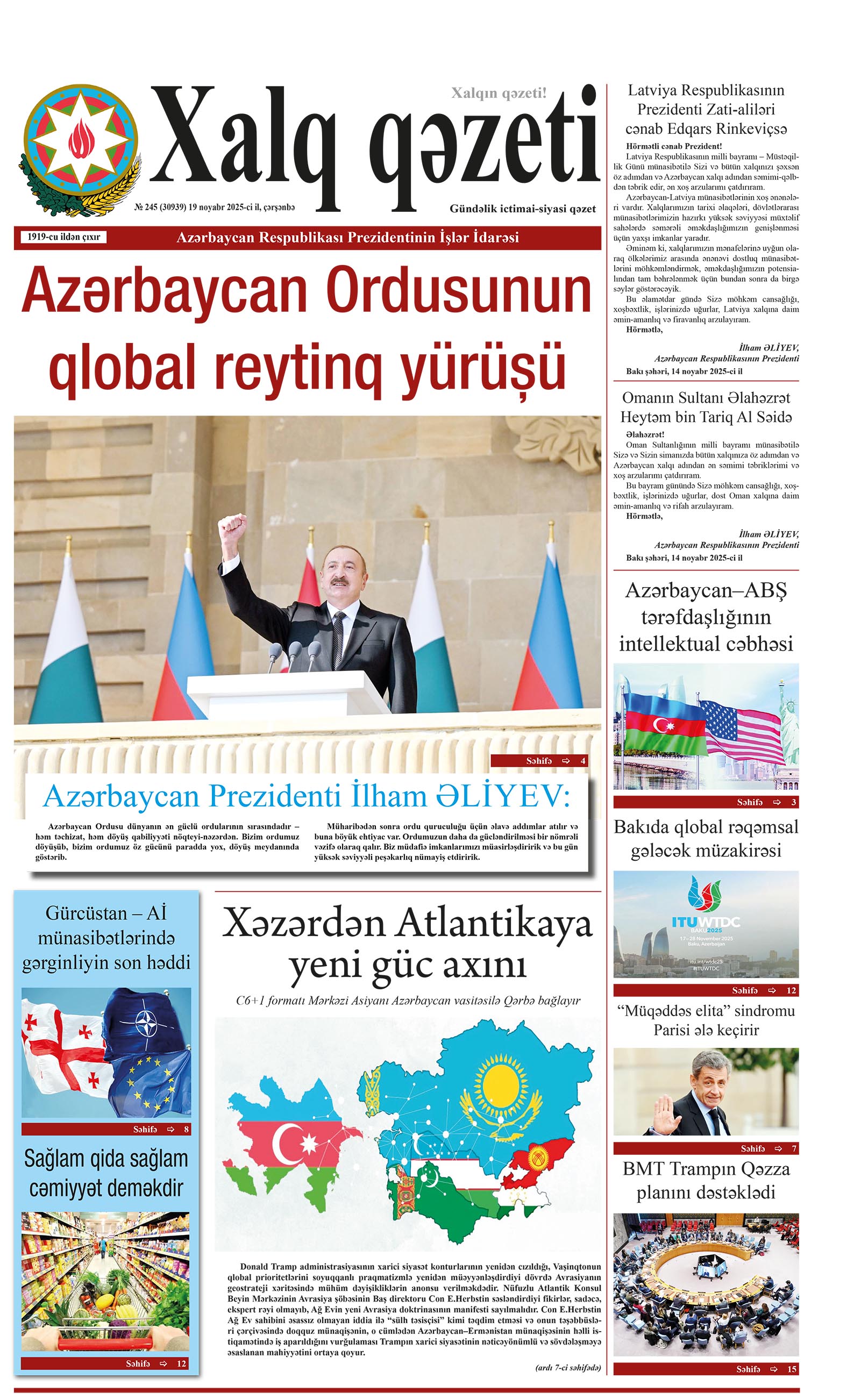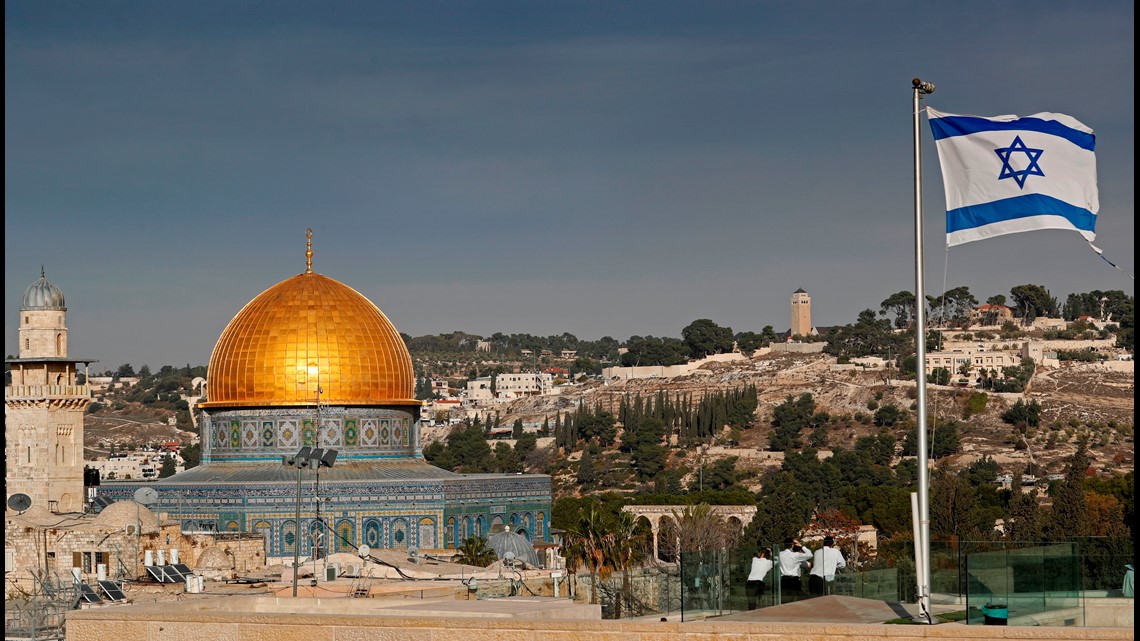Norwegian daily Aftenposten has published an article by Azerbaijan’s Ambassador to Norway Zaur Ahmadov, highlighting a little-known page of the Nobel Prize’s history and its connection with Baku.
The diplomat reminds readers that about one-third of the capital that laid the foundation for the Nobel Prize came not only from dynamite, but also from oil — the “black gold” of the 19th century extracted in Baku.
In his piece, Ahmadov recounts the story of how the Nobel brothers built the largest oil empire of their time, Branobel, which began in the 1870s when Robert Nobel traveled to the city for timber but instead invested in the oil business. By the early 20th century, half of the world’s oil was produced in Baku, and Nobel products were lighting up European cities. Later, shares of the company helped fund the Nobel Prize. However, the ecological consequences for Azerbaijan and the exploitation of its natural resources became the other side of this legacy.
The ambassador also notes that after the revolution, this fact was nearly forgotten, and the Nobels’ Baku residence — Villa Petrolea — fell into decline. Only after Azerbaijan regained independence in 1991 was the history revived, and the “Black City” was transformed into today’s modern “White City.” Today, Villa Petrolea remains the only Nobel museum outside Sweden and Norway.
Ahmadov stresses that the Baku chapter is often missing from Nobel-related exhibitions and that Baku’s contribution to the creation of the Nobel Prize deserves greater recognition. According to him, involving the Baku Nobel Heritage Fund in celebrations in Stockholm and Oslo would help create a more complete and fair picture of the prize’s origins.
“This would also serve as an act of acknowledgment of the historical fact that part of the glory and prestige of the Nobel Prize indeed traces back to Azerbaijani soil and history,” the ambassador concludes.


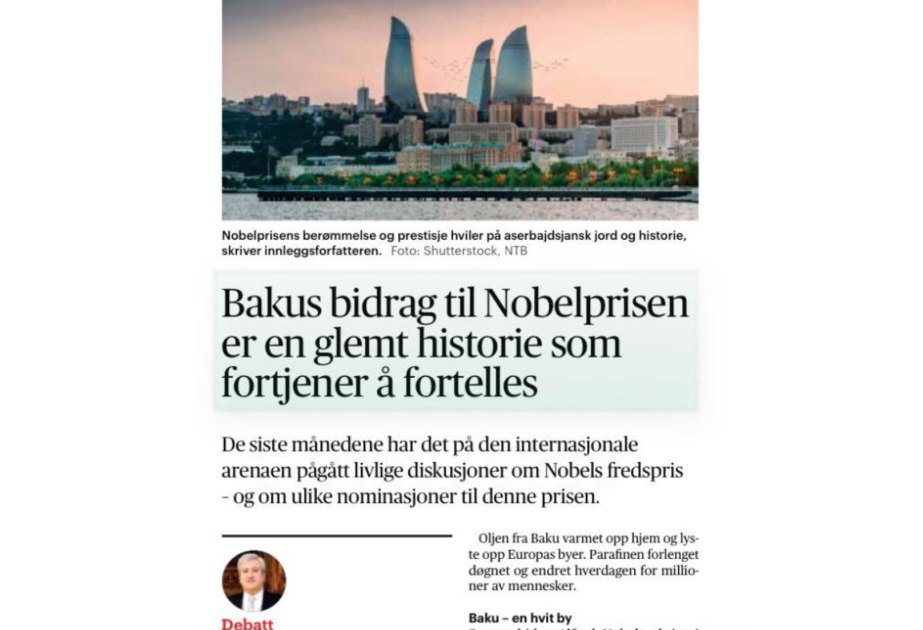

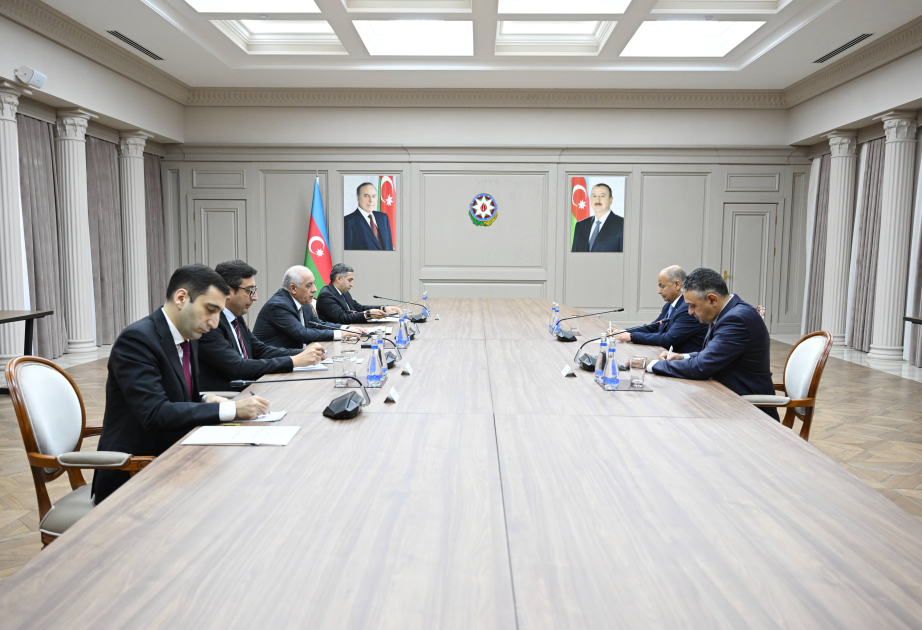
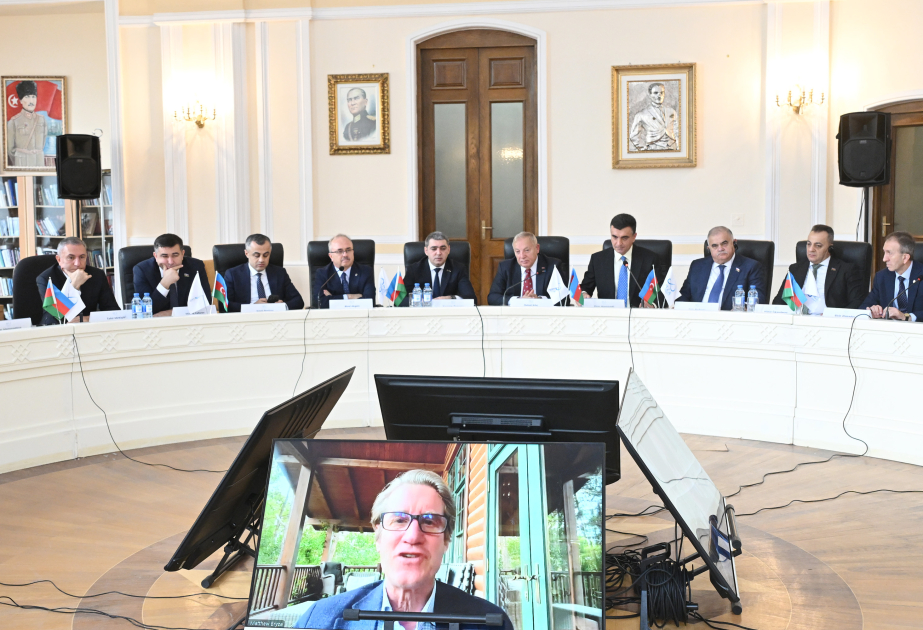


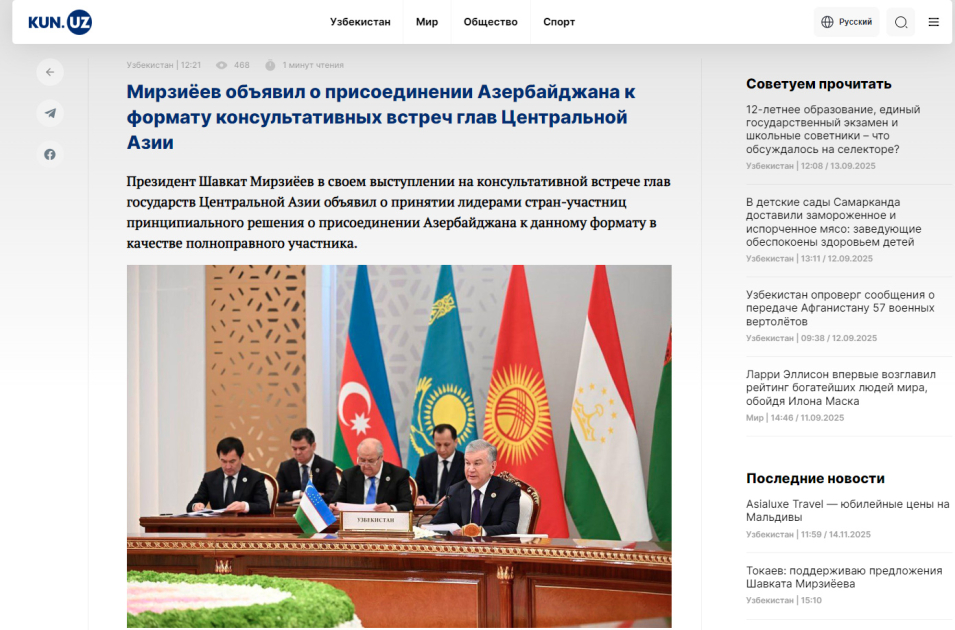
.jpeg)

